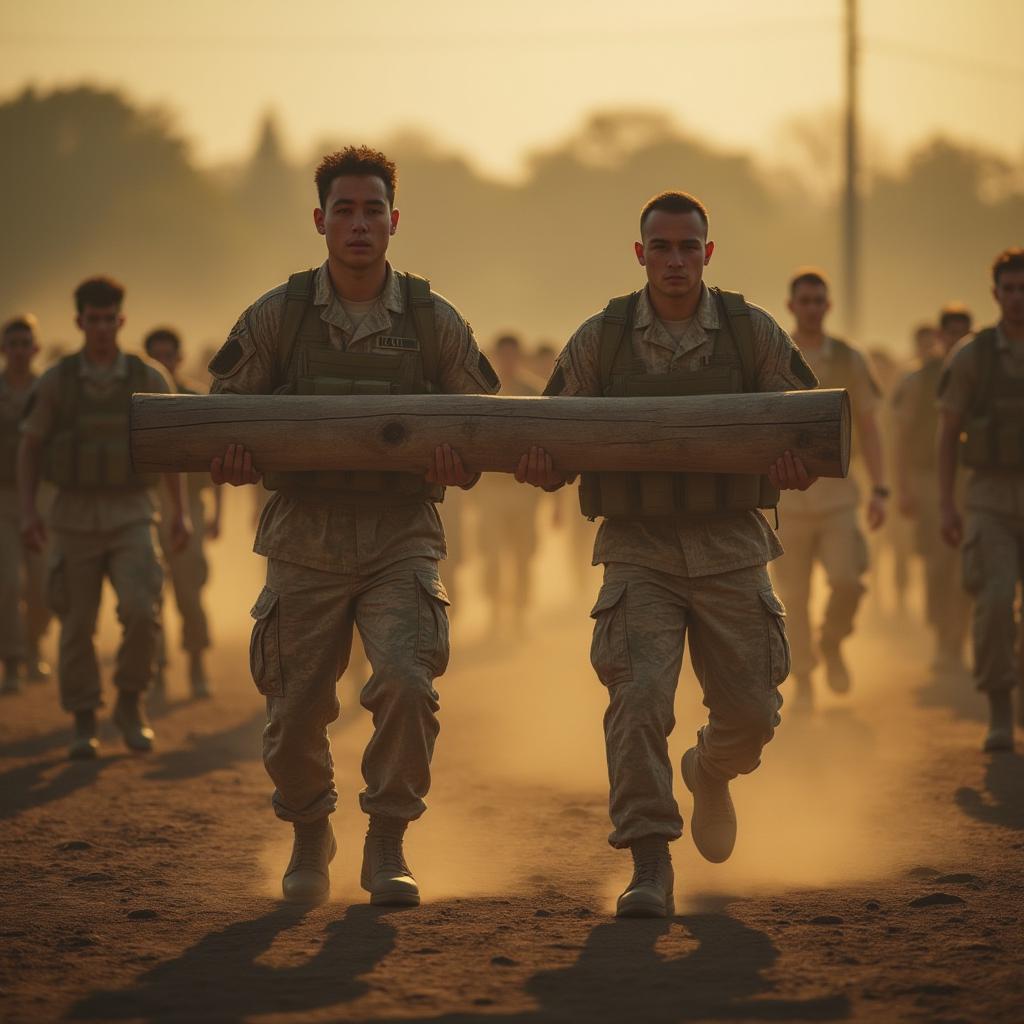
When the Pentagon opened all combat roles to women in 2015, it was hailed as a major step toward equality. The idea was simple: let women prove themselves by meeting the same tough standards as men. And in many ways, it worked. Over 140 women have completed the Army’s elite Ranger School, and others have excelled as fighter pilots and tank commanders.
But here’s the catch: while the policy opened doors, it also created tension. The Army’s Combat Fitness Test, designed to be equally demanding for everyone, ended up revealing a stark gap. Men passed at a rate of 92%, while women lagged behind at just 52%. This led to calls for changes, with some arguing that the test was undermining efforts to build a diverse force.
What started as a push for equal opportunity has shifted toward a focus on equal outcomes. Critics argue this risks lowering standards rather than maintaining them. The debate highlights a tough question: how do you balance fairness with keeping performance high?
The Pentagon’s experience offers a lesson for discussions about diversity, equity, and inclusion (D.E.I.) across other fields. While the goals are noble, the path to achieving them isn’t always straightforward. Striking the right balance remains a challenge—one that’s worth keeping an eye on.
